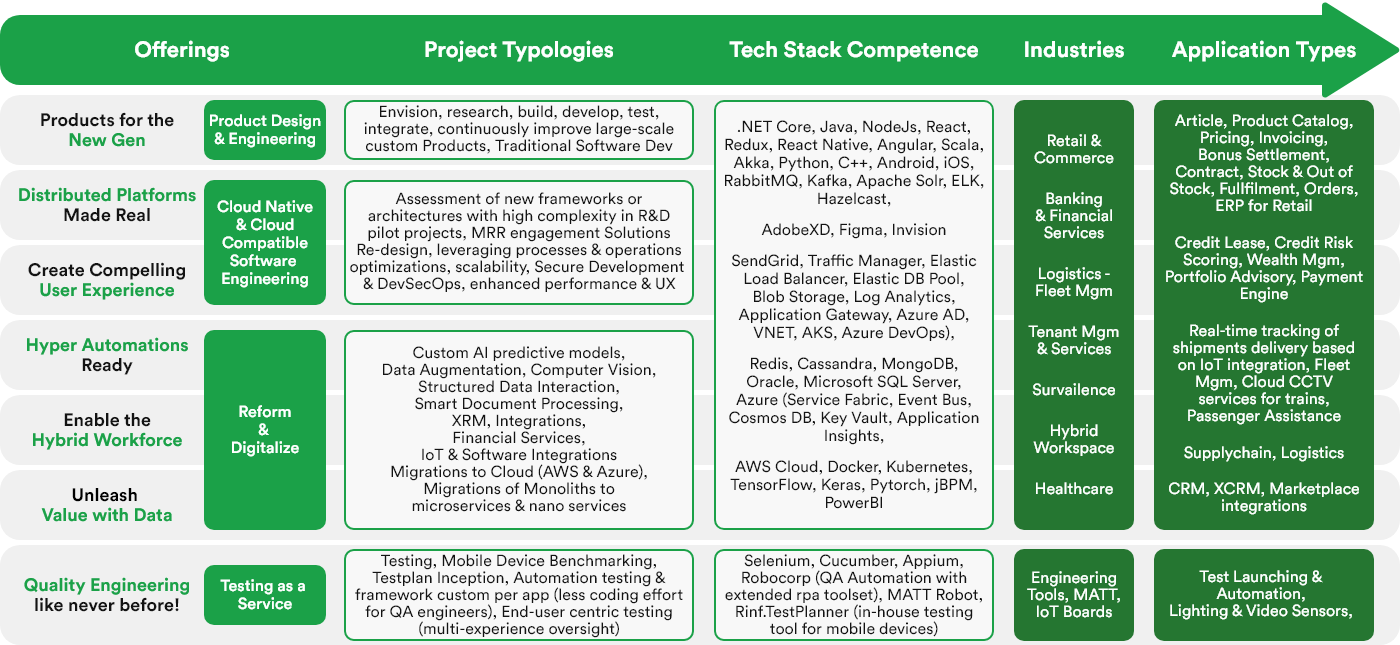4. Data Storage and Analysis
Data storage is a common enterprise app development challenge. This is because enterprise applications generate massive amounts of data and demand large-scale data storage with fast access.
Storing and analyzing data is a challenge in itself; however, when you add oceans of unstructured data, it becomes even more challenging. Thus, enterprise apps need elaborate infrastructure with powerful servers and scalable workloads. All this comes at a cost, so exploring all the different variables is essential before starting your enterprise development project.
5. Development Time
Application development cycles are often long and can be unpredictable if business requirements change midway. This makes it crucial for companies to plan and prepare for different scenarios to ensure business continuity. If you have a clear idea about your business requirements and don’t make any amendments, you will save both time and money.
6. User Experience (UX)
Traditional enterprise applications didn’t concentrate too much on developing an intuitive, user-friendly UI. The good news is that it’s slowly changing to reflect the ethos of customer-facing applications.
When developing new enterprise software, it’s essential not to clutter the UI with a whole host of functions and features most users won’t be familiar with. As such, concentrate on the different functions, and features employees need to get the job done.
It’s also important to define the UX in the application. When the UX is seamless, and the UI is highly user-friendly, even non-techy business users will be able to get the most out of the application. Furthermore, it’ll help accelerate adoption within the organization.
7. Departmental Silos
Most businesses have several different departments with different expectations and requirements. If two or more separate business units use the enterprise app, clearly defining each department’s needs will be critical.
At its most basic, different teams must be able to communicate and collaborate seamlessly. However, it’s extremely difficult to formulate thorough descriptions of what they all want to get out of the application without going through the process multiple times. Even if just two different departments use the application, their competing demands may pose some unique challenges.
The key here is to work closely with your enterprise application development partner during the planning phase. All stakeholders must engage developers directly, break down silos, and help them formulate a clear understanding of what’s needed.








